Shortcut to Major Scales
Cycle of fifths, key signatures, WWHWWWH got you confused? Check my super simple shortcut method for naming major scales correctly.
Huh? Why would you even want that?
Because it makes it way easier to think of scales if you are naturally (!) sharp with your accidentals (and not just flat out oblivious).
(And I hope you see what I just did there…)
If notes don’t mean much to you and you are a player who goes by patterns, it can be very confusing to sort out that note names, scales, theory can actually be super helpful and make you a better player. That’s so when it’s taught right – from a bassist’s view, without teaching it from sheetmusic but rather from the fretboard with patterns and diagrams. (This is why I wrote the book, because I couldn’t find one to point to that does this.)
Grasping scales helps with:
- reading sheetmusic (learn theory first, then reading! Easier that way!)
- memorizing tunes
- understanding what it is you are playing
- communicating with your band mates
- coming up with your own bass lines
- and: it is a great and easy way to get your feet wet exploring this 🙂
Maybe you have heard of the formula WWHWWWH.
While certainly a workable model, I often cringe when I see students use this method to build a scale.
- It is really easy to miscount
- Just because you can count out the scale does not necessarily mean you can actually play it on the bass
- You always have to start counting from the very beginning to figure out if any given note is within the scale or not
- This method does not tell you anything about note names
- It really doesn’t work well if you want to descend the scale or improvise within it
- And the sound? You will not know anything about the sound of these notes
Instead, I recommend…
- to learn the intervals the scale degrees form with the root, because…
- that gives you a usable pattern on the fretboard (must know your intervals and fretboard, though!)
- instant access to those notes, including for improvising
- tells you something about what each note will sound like
- to use my formulas on the graph to name notes correctly, because…
- that will help you communicate
- it will show you the inherent logic of a 7-note major scale
- it will make sure that you don’t build scales with more accidentals than necessary (why? Trust me, double sharps, double flats… they are no fun!)
- it is even faster than knowing the cycle of fifths (which is very important, though. But in case you are (as of yet) confused by it, this is the ticket!)
So here are my famous short cuts to major scales. Below the graph I am writing out a few sample scales, but then it is your turn.
Apply the rules 1 – 2 – 3 and you can never go wrong.
Next week I will post the one for minor.
To get more like it and the full scoop – check out my book, Music Theory for the Bass Player
#A3
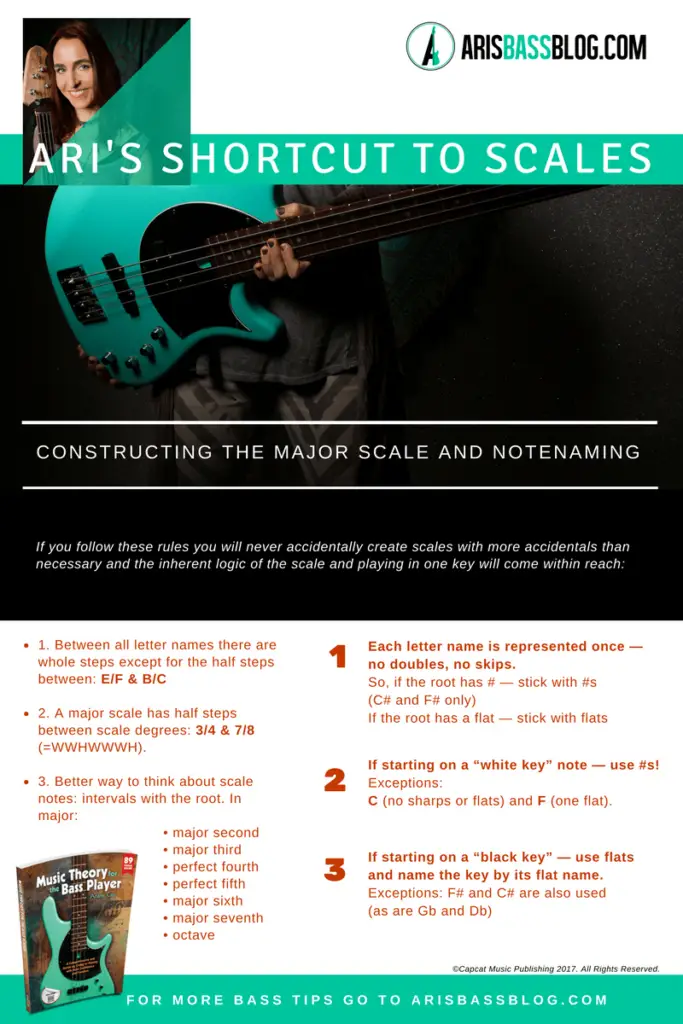
To download the above image, pull it into your downloads folder or right click and “save-as”.
Example:
F major: F – G – A – Bb (not A#, because then you would go against rule 1, no doubles) – C – D – E – F
Imagine this scale as F – G – A – A# – C – D – E – F. You have to think of A twice and B not at all. It makes sense to call it Bb, then every letter is represented once and it is easier to build and play the scale.
Now it is your turn:
G major? Db major? A major?
Happy grooving!



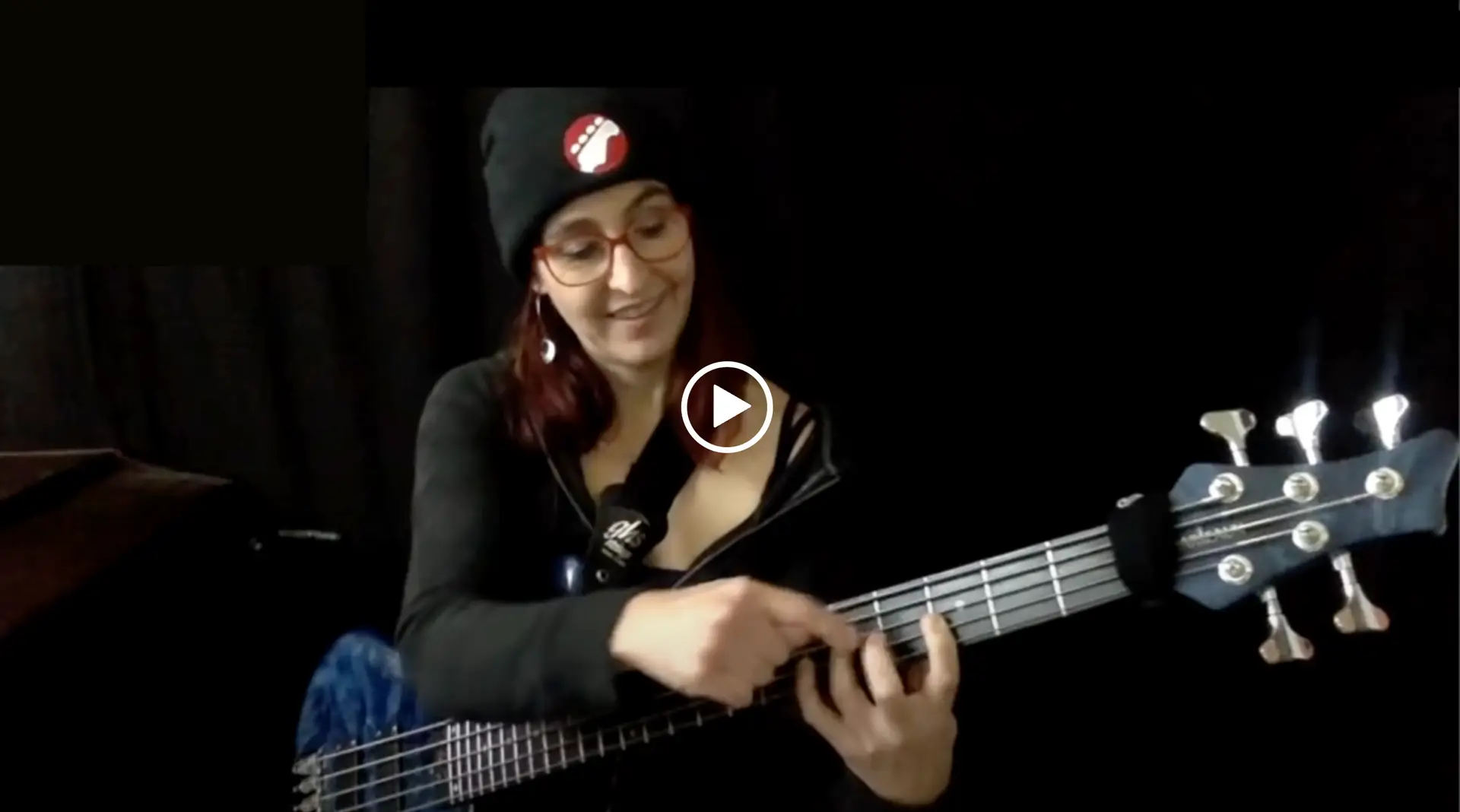
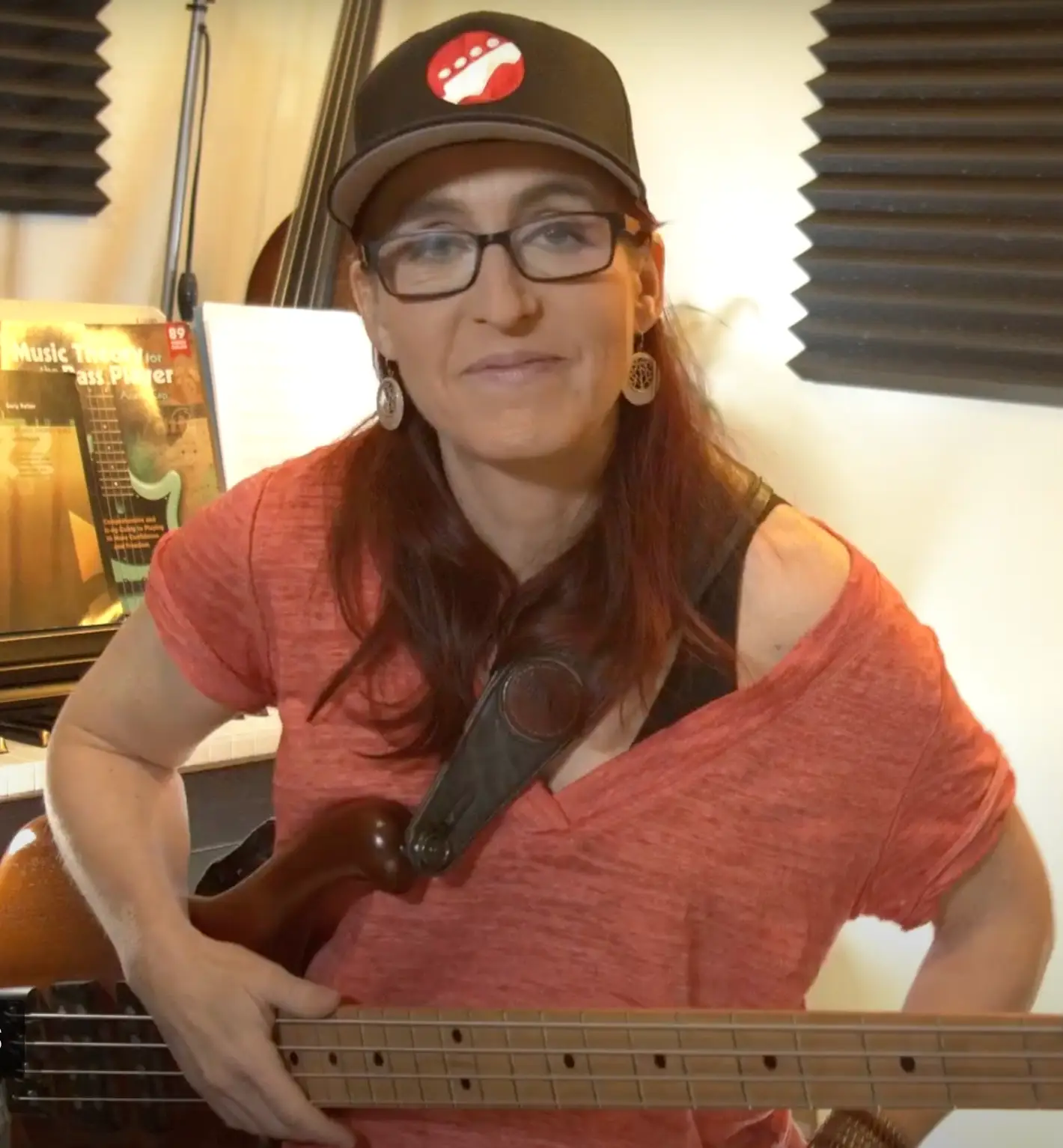
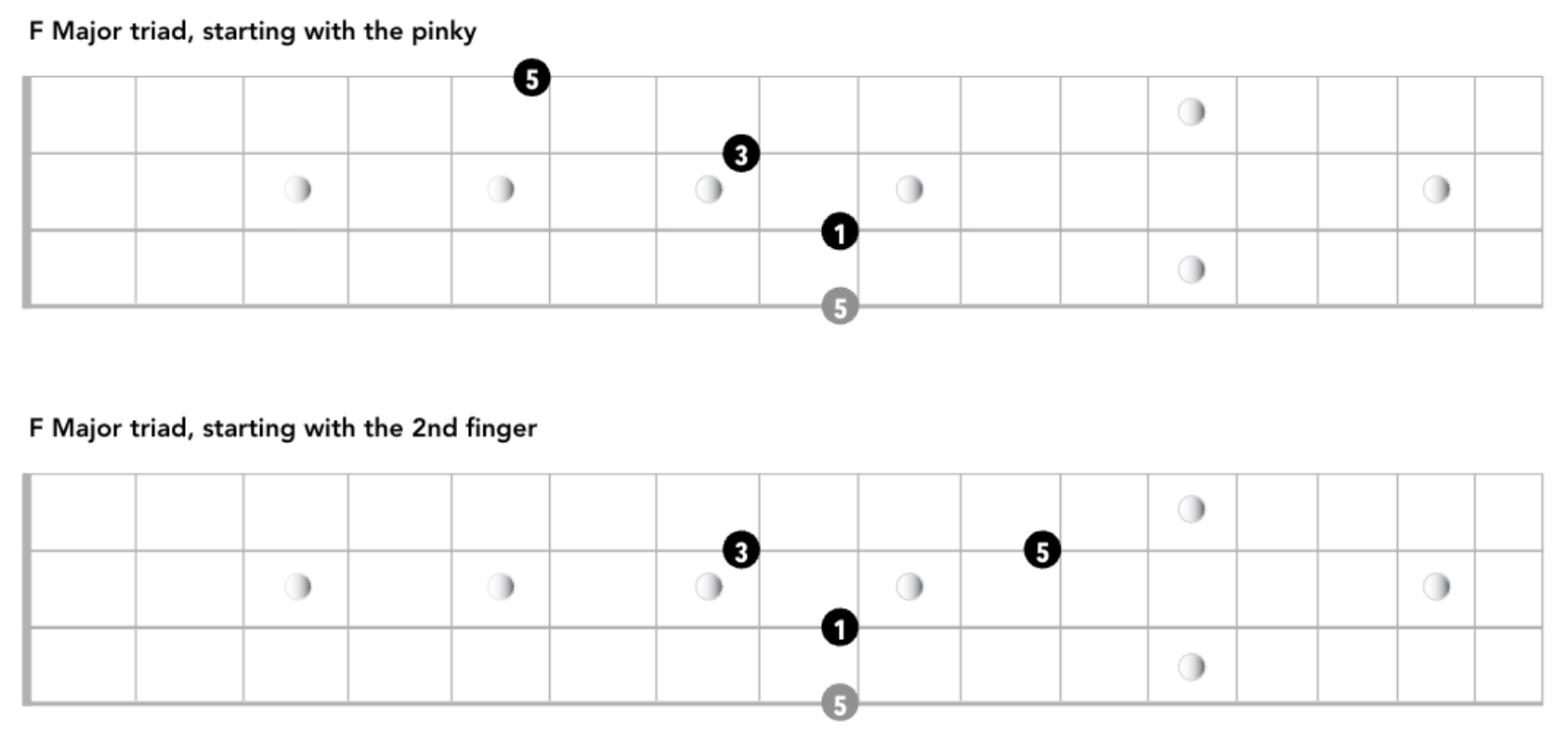

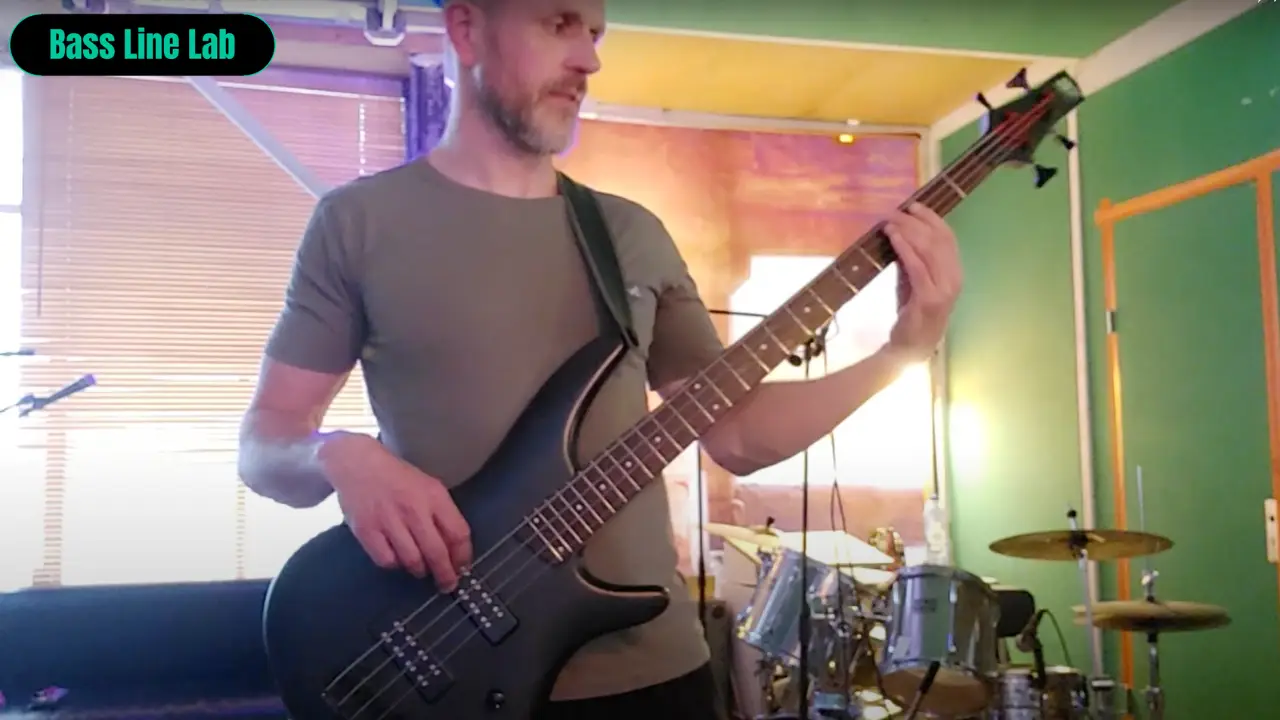
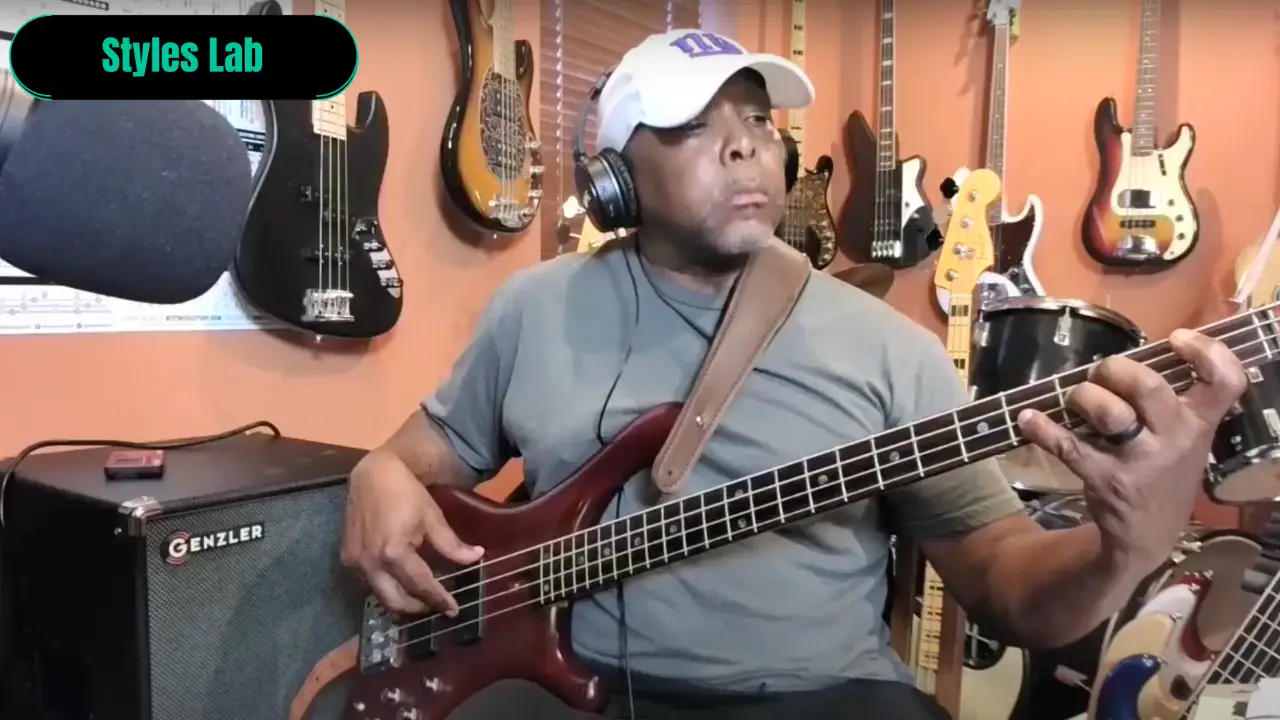
4 Replies to “Major Scales – the Ultimate Shortcut!”
Very clear as always. I’m really enjoying the book. Trick is to read it slowly and only move on when you understand. I tried reading a couple of pages ahead too fast last night and got quite lost!
Thanks for writing in, Chris. Step by step is probably good advice. Though t is normal to be a bit confused right before understanding kicks in, so maybe you did better than you thought. Happy you are enjoying it!